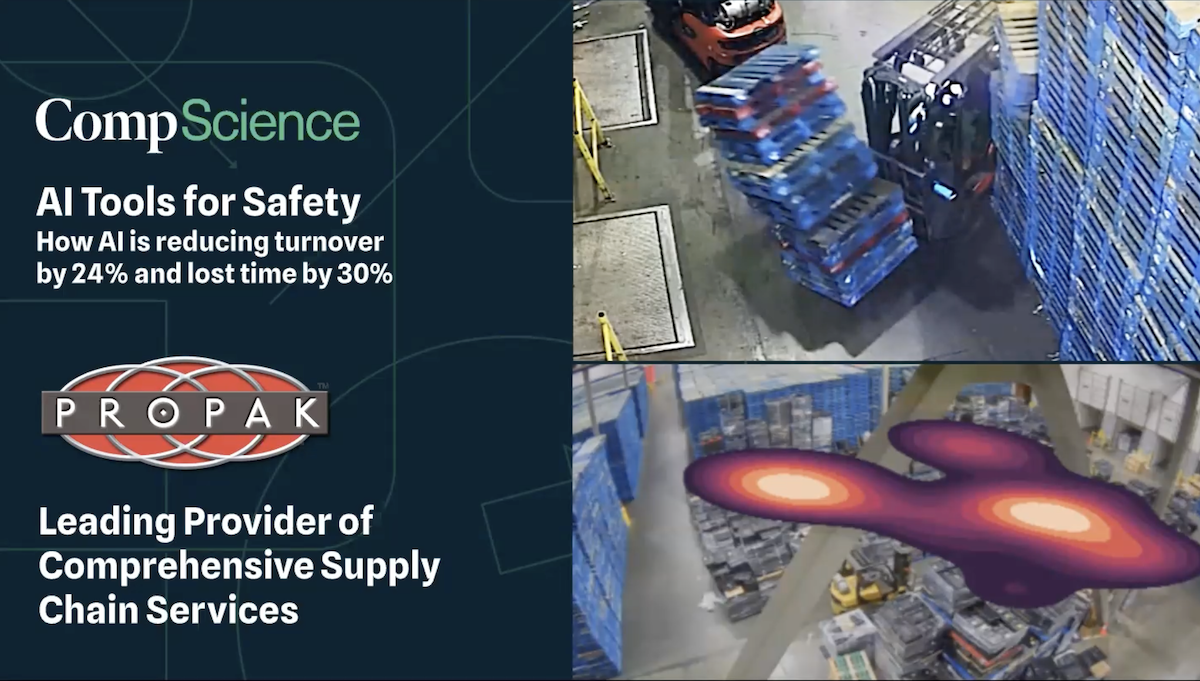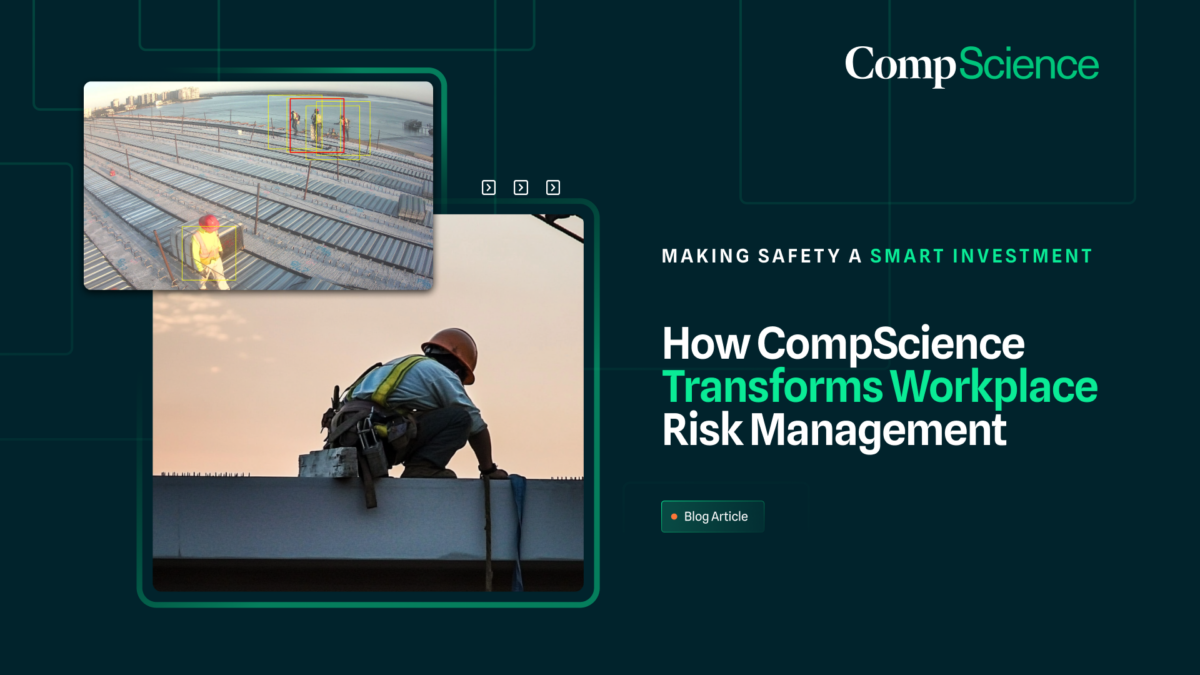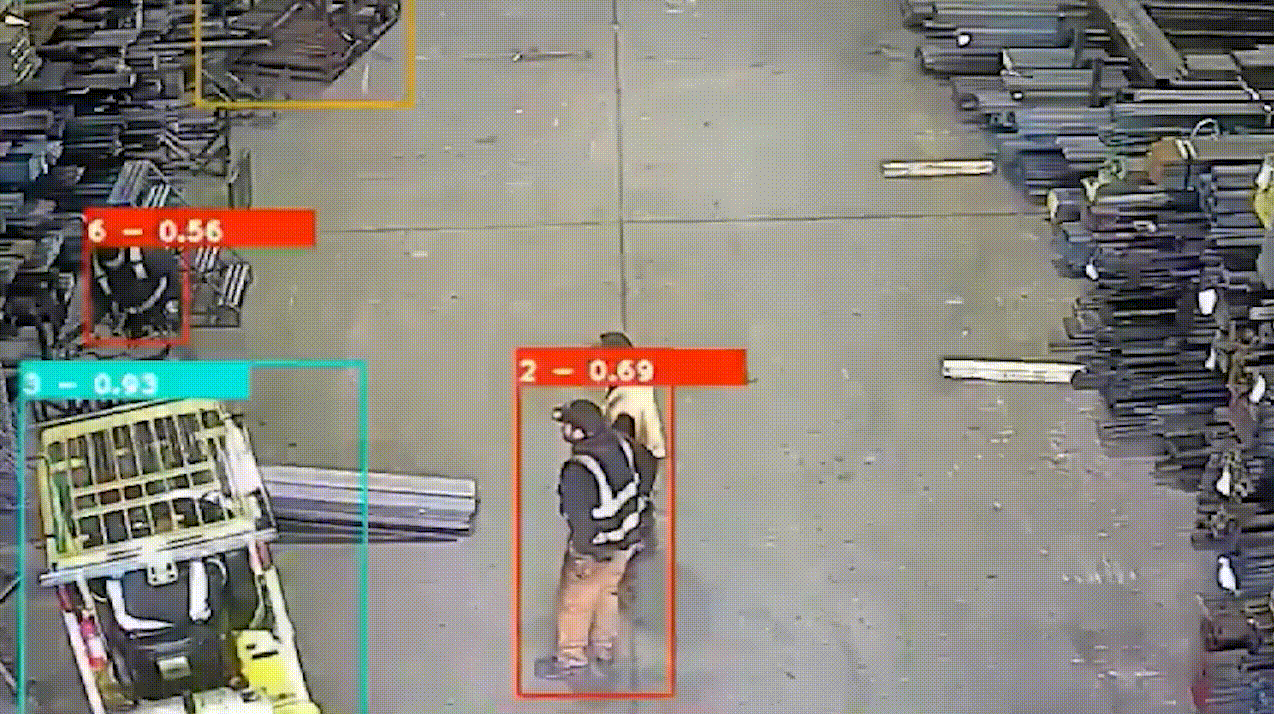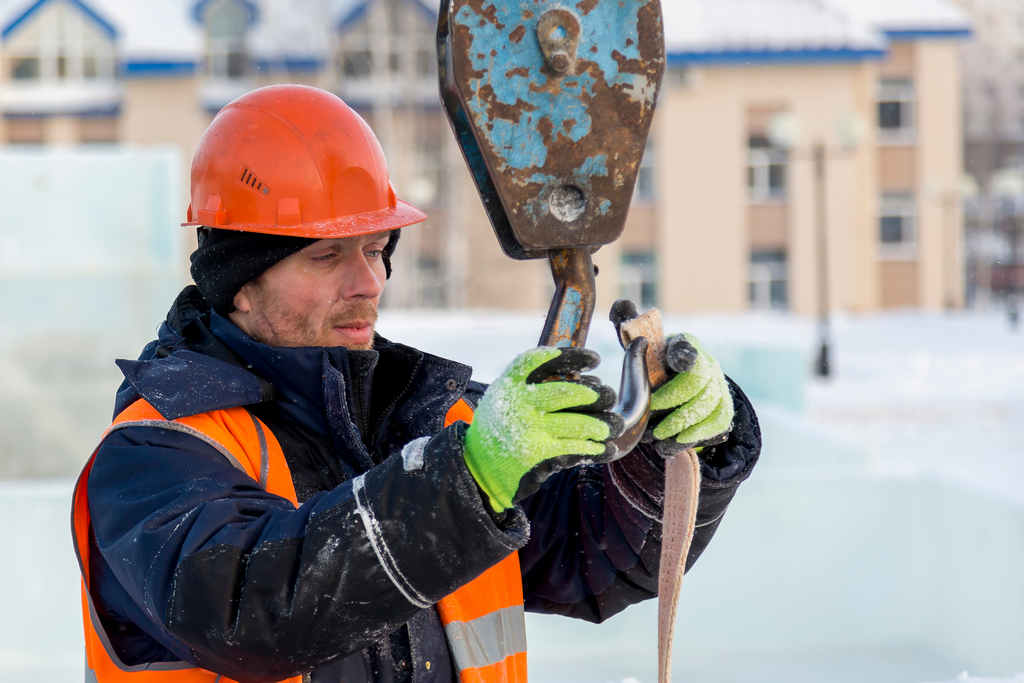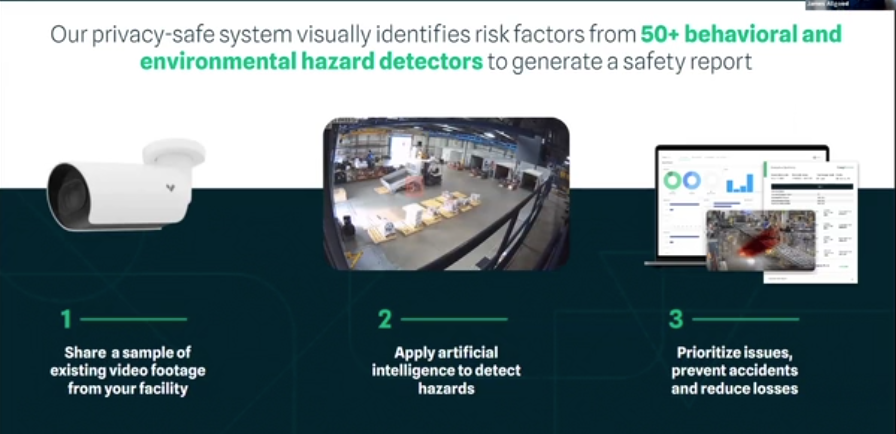AI, Resources, Workplace Safety
Preventing Workplace Accidents With AI
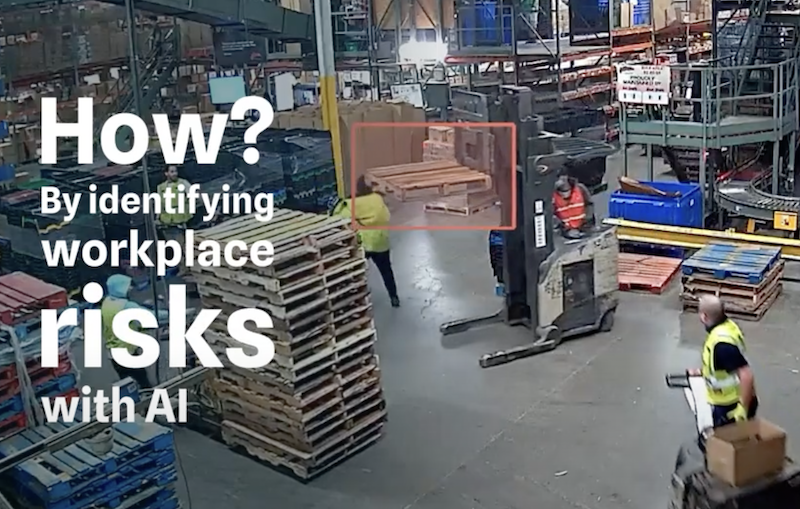
The workplace can be a dangerous place, and it is the responsibility of employers to ensure that their employees are safe and protected from harm. Unfortunately, accidents and injuries still occur in the workplace, often as a result of unforeseen risks and hazards.
Here’s how we change that by using AI to prevent workplace accidents.
Click here to Get A Demo from Our Team
Accidents not only result in physical harm to employees, but also lead to increased workers’ compensation costs, decreased productivity, and a negative impact on morale. But what if accidents could be prevented before they even happen?
This is where AI comes into play.
AI has the potential to revolutionize workplace safety, by identifying potential risks and hazards in real-time and helping companies take the necessary measures to prevent accidents before they occur. By using machine learning algorithms, AI can analyze large amounts of data to identify areas where employees are at the highest risk of injury, such as poorly lit work areas or cluttered walkways. The technology can also monitor employee activities in real-time, providing real-time feedback to help reduce the risk of injury.
One of the major benefits of using AI for workplace safety is that it can help companies save money. By reducing the number of accidents and injuries, employers can save on workers’ compensation costs, reduce the amount of time employees are out of work due to injury, and increase productivity. AI can also help companies comply with health and safety regulations, reducing the risk of fines and legal action.
Another benefit of using AI for workplace safety is that it can help companies identify and address potential safety issues before they become a problem. For example, if an AI system identifies that a particular type of equipment is frequently causing accidents, the company can take steps to replace or repair the equipment before someone gets hurt. By taking a proactive approach to safety, companies can reduce the risk of accidents and injuries, and create a safer and healthier workplace for everyone.
In conclusion, AI has the potential to revolutionize workplace safety, by helping companies identify and prevent accidents before they occur. By reducing the number of accidents and injuries, employers can save money, increase productivity, and create a safer and healthier workplace for everyone. And in the end, that’s what it’s all about – creating a workplace where employees can feel safe, secure, and protected from harm.
Learn more with our Workers Comp Resources

